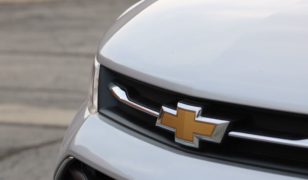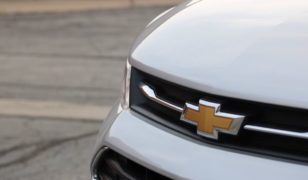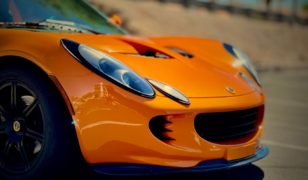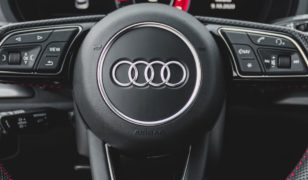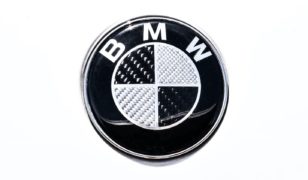Lets Look At The Promised Fisker Karma EV Speedster


Fisker aims to do things totally differently.
Henrik Fisker has great ideas of what a competitive, gracious hybrid sports car should look like. He has also done great experiments with a purely electric car and seems to understand this field quite well.
Unfortunately, it has taken him longer than he anticipated to bring some of his ideas to fruition. But he no doubt has great intentions, although there have been lots of challenges in making headways.
Nonetheless, the Fisker Karma that started delivery in July 2011 made around 2,500 deliveries before production was halted. The battery on the Fisker was supplied by the company’s subsidiary the A123 Systems.
The batter is fixed right at the center of the car, between the pairs of left-hand and right-hand seats. It is this arrangement that makes this car to sit four rather than five passengers.
When the battery runs off, the front-mounted 260-hp, 2.0-liter Ecotec four-cylinder direct-injection turbocharged gasoline engine powers a generator that sends electricity directly to the drive motors. This engine was supplied by General Motors.
Of special mention is the solar paneled roof that was developed by Asola Advanced and Automotive Solar Systems, a company associated with computer chips supplier Quantum Technologies. The main purpose of the solar panel is to assist in the cabin climate control system.
Fisker’s project was undoubtedly greatly ambitious. However, the company ran into so many unknowns and production was halted in 2012.
Fisker is working on a number of unnamed car projects, one of which is expected to be on the road by 2021 after plans to have it around in 2019 hit a snug. Coming into a growing competitive market, this Fisker is well aware of the many possibilities held that the future holds and the minor setbacks will only make part of its success stories.


